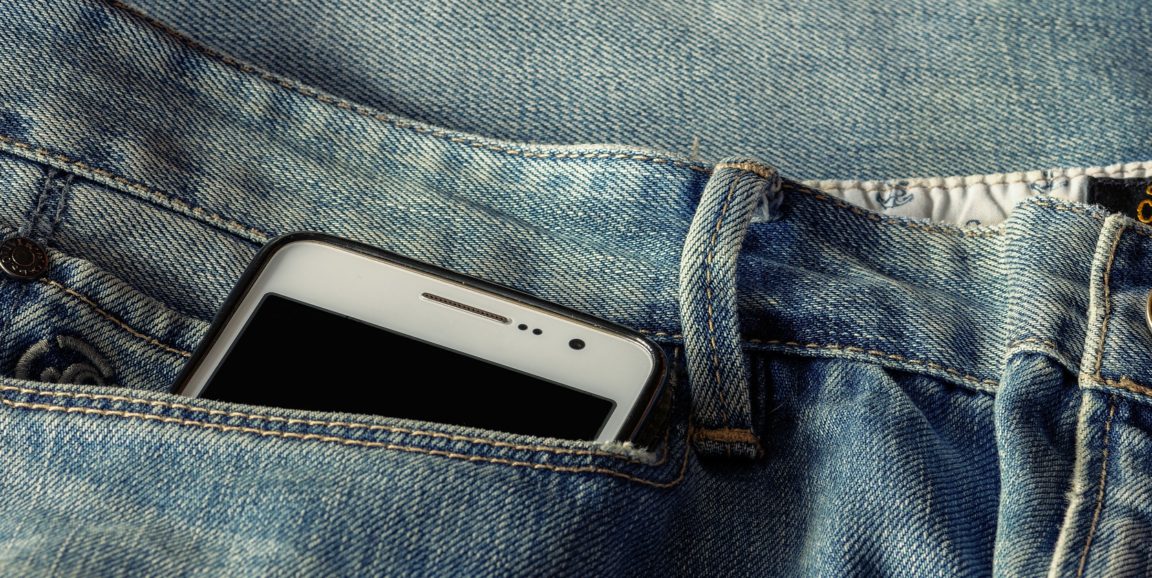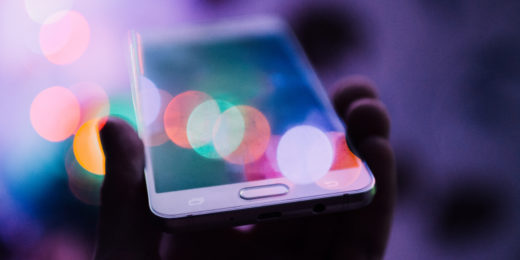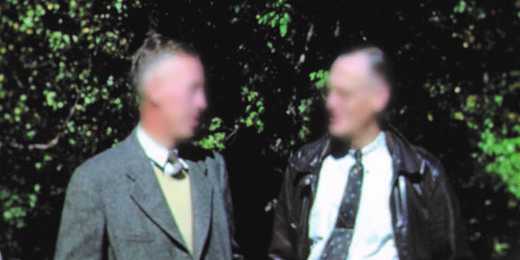It's an unfortunate fact that people under the influence of alcohol are not the best judges of how inebriated they are. And some with alcohol use disorder aren't eager to disclose a fall off the wagon.
But what if their phones could tell? A reliable, readily available gauge of intoxication could caution an imbiber against driving or alert a loved one to a need for intervention.
Brian Suffoletto, MD, associate professor of emergency medicine at Stanford, has spent the past few years harnessing technology to determine drunkenness. "The thought has always been in the back of my head that maybe we could passively sense when someone is drinking, that there are things we can do remotely to help them reduce risk," he told me. "That led me to focus on gait."
He decided to see if smartphones -- outfitted with accelerometers, sensors that measure speed and direction -- could accurately ascertain a drunken amble. The experiment, published in the Journal of Studies on Alcohol and Drugs, found that smartphones are indeed smart enough to judge intoxication.
"Gait is an exquisitely complex process," said Suffoletto, who moved to Stanford this summer from the University of Pittsburgh, where he conducted the study. "It may be the first indication of intoxication, as opposed to slurring of speech, for example."
Detecting a drunken stagger
Suffoletto and his colleagues rounded up 22 volunteers, ages 21 to 43, who were willing to spend time in a lab drinking and taking walks. They were weighed, fitted with intravenous lines to measure blood alcohol level and had smartphones strapped to their backs. Before drinking any alcohol, they walked along a hallway, so the researchers could measure their sober gait.
The participants were then served gimlets (vodka, lime juice and simple syrup), a drink most people find palatable. They had an hour to finish an amount calculated to bring their blood alcohol level to 0.2% -- more than twice the legal driving limit, which is 0.08%. Though the gimlets were not served in cocktail glasses, as is customary, they were chilled.
The participants hung out in the lab for hours, periodically taking walks and having their blood alcohol measured. At the experiment's end, they were sent home via a designated driver. And when the researchers studied the data from the phones, they found that they could detect a drunken stagger, through side-to-side sway, with 90% accuracy.
Proceeding with caution
But a drunk detector app can't just be uploaded into a smartphone and taken to a bar: The device needs to measure how someone walks when sober before it can determine a drunken wobble: "Gait is very idiosyncratic," Suffoletto said. "The way I walk is so different from how anyone else walks."
Suffoletto, who came to Stanford to take advantage of its digital expertise, plans to run more experiments with phones in pockets, hands and perhaps purses. Whatever form a drunk-detecting phone feature would take -- sounding an alarm or alerting someone else, for example -- he plans to proceed with caution.
"I don't want to put something out there that becomes a drinking game," he said. "We just need to think hard about how they can be used for good as opposed to harm."
Photo by Willfried Wende






